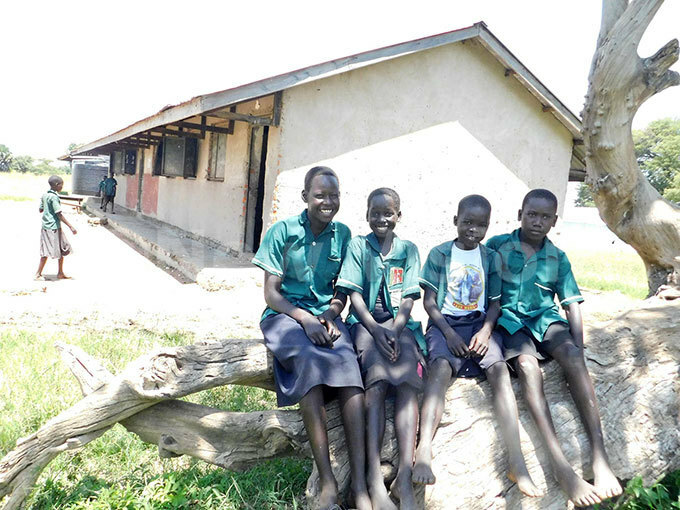Surviving the effects of climate change in Teso
Omacha Primary School in Omagoro currently accommodates displaced people whose homes and crops were submerged by floods.
Trapped in the effects of climate change comprising floods, droughts and changing rainfall patterns, the Iteso have proved resilient and are surviving against all odds. Worst hit have been the prices of agricultural products especially in North Teso.
Omacha Primary School in Omagoro currently accommodates displaced people whose homes and crops were submerged by floods. This has evidently impacted prices and access to food.
“For example if a kg of maize flour costs sh3,000 at a retail shop. One needs to sell 10kgs of the unprocessed maize grains to buy it,” said a senior Council Assistant Steven Illukor. “A basin of cassava chips costs sh16,000 when the market is flooded but shoots to sh30,000 when there is scarcity.”
“Amukeke “(potato chips) costs sh20,000 and the price of cattle drops very low when the people are hit by diseases, floods or drought. In spite of the price fluctuations the roads are hard to navigate during the rainny seasons and yet the markets are quiet distant. Middlemen from Mbale, Kampala and neighbouring countries happen to fleece the peasants.

“Drunkeness and gambling is eating into the precious time of many people here,” confided the assistant development office commissioner Martin Olar. “We have struggling schools like Kememu Primary School with 1,130 pupils attended to by 12 teachers only.
We have no choice but to meet the needs even if a class with 400 pupils is a common occurrence in Omagoro and yet they are supposed to be 55 only. There is hunger for education.”
Unfortunately a tour of some of the schools was a revelation of a low turn up of pupils who have to choose between either going to school on a hungry stomach or staying home to till the land, plant crops or catch fish for sell.
However to fight the biting poverty women have resorted to pooling resources, buying produce like groundnuts, when they are cheap and selling them off when the price sky rockets.

They dream of getting better storage facilities and loans from monetary institutions to boost their business in future.
“We have seen small girls married off for small money, sh500,000-sh4m, in form of dowry,” said Patricia Oluka, one of the locals. “Defilement is on the increase but the cases are solved out of court with a motor bike as fine or two heads of cattle and three goats.”
In addition a group of concerned monitors are challenging the local government to deliver better services. They have successfully advocated for the renovation of the Lukiko district administration block and the residential house at a cost of sh54m.
“The house which was initially for the polygamous chief, in the 1960s, now houses the Parish Chief Joseph Akwany, the Agriculture Officer and the District Veterinary Officer.
They all use one door to enter or exit,” confided the chairperson Activister Emmy Isinget. “Calls by the group of more than 30 activists to upgrade our Opala Health Center II are yet to get some action taken from government.”
The Omagoro Parish chief says there is little local government can do as the tax base is between sh9m-sh20m per month. This in addition to the development grant of sh82m there is little we can do,” Akwany said. “We cannot even afford to build community access roads with that kind of money.”